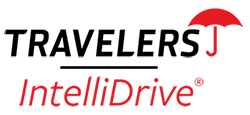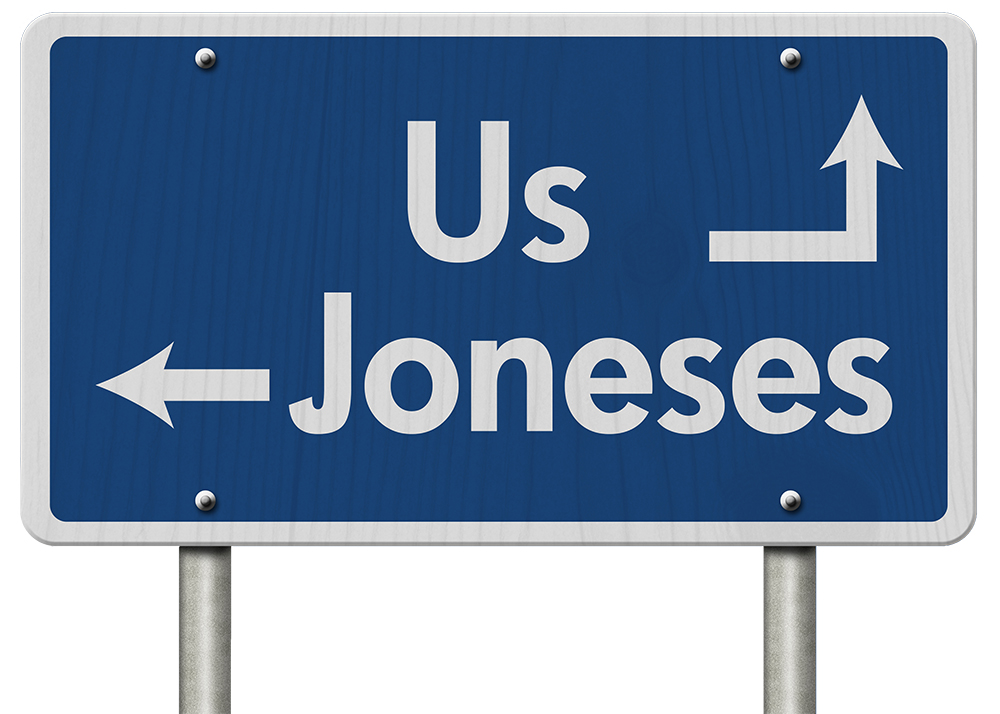
You can lower your tax bill and increase your retirement savings with one simple move. Making a contribution to an eligible retirement account by the April 15, 2021 income tax deadline will reduce your 2020 taxable income by the amount you contribute.
Individual Retirement Account (IRA)
An IRA offers you the flexibility to choose a variety of different investments to hold in your account. For 2021, you can contribute up to $6,000 to an IRA – $7,000 if you’re age 50 or older. You must have “earned income,” including money from wages, salaries, tips, bonuses, commissions, or self-employment, to contribute to an IRA. Your spouse can contribute to an IRA as well. Additionally, employees, incomes below $75,000 ($124,000 for couples) are eligible to make traditional IRA contributions and still claim the deduction.
SIMPLE IRA
A “Savings Incentive Match Plan for Employees,” or SIMPLE IRA, is a retirement savings plan designed for small businesses with 100 or fewer employees. Employees can set aside up to $13,500 in 2021 ($16,500 if age 50 or older). Employers must either match employee contributions dollar for dollar – up to 3% of an employee’s compensation – or make a fixed contribution of 2% of compensation for all eligible employees, even if an employee chooses not to contribute. As with a traditional IRA, you can make a contribution to a until April 15 following the end of the tax year and benefit from the tax deduction.
Solo 401(k)
Solo 401(k) plans are designed to cover a business owner with no employees and his or her spouse. You can make elective deferrals of up to 100% of your earned income, up to the annual contribution limit in 2021 of $19,500 ($26,000 if age 50 or over), plus employer non-elective contributions of up to 25% of compensation. The maximum amount you can contribute to a Solo 401(k) for 2021 is $58,000 ($64,500 if you’re age 50 or older). Contributions can be made to the plan up until the company’s tax return deadline, including extensions. Your financial and tax professionals can help you determine which plan is right for you.







